Knowledge Exchange

How to Achieve Sustainable and Positive Change
In a fast-moving world, change is often top-of-mind for businesses and organisations of all sizes. For individuals, personal change is something many aspire to achieve, yet many find it difficult to implement changes.
As the Senior Business Development and Transformation Lead at Dyson, Janice Shiu (Class of 2021) is an expert on helping individuals and organisations achieve their goals. In this interview, Janice explains how we can all transform our routines and habits to enact sustainable and positive changes.
- Can you share your scope of work as the Senior Business Development and Transformation Lead at Dyson?
Imagine your organisation as a body. Your leaders sit at the brain as the central commanding system while the rest of the body acts as supporting functions of a company. To allow the entire system to operate at its best, ideally, you would need the central nervous system or a transformation leader to digest the blueprint to help conceive an idea and communicate a plan.
This connection between the two does not just signal top-down directions, but also feeds back bottom-up responses – much like the body’s immune system reacting to external disruptions, taking stock of progress, and resolving issues that arise during the process.
The role of a Transformation Lead at Dyson is a particularly interesting one because we are a young, family-owned technology company. Our mission is to solve problems that people ignore. We are sensitive to the dynamic market and our customers, proactively looking for new and better solutions. Despite the scale of the business today, we still have a start-up mentality where ideation, testing and refining through execution matter.
In the transformation office, we relentlessly seek to refine our go-to-market (GTM) strategies, experiment with new business models, and introduce new products and digital tools. In fact, the diversity of projects and people that come through our pipeline is so big that there is no such thing as a typical task – it is a very stimulating job.
- How do you embrace changes and overcome challenges?
In my line of business, I often act as the change manager or agent who instigates new and often different processes and actions which are often met with resistance Why? Mostly because change is inherently uncomfortable. Once we form a habit or repeat a drill over and over, our internal operating system stops growing, and becomes naturally passive. Change requires learning and unlearning. Learning how to unlearn is the key to excel. Unlearning refers to the attitude and ability to choose an alternative mental model or paradigm.
Once you see the incremental power one holds in the journey of accepting the inevitable changes, you will stop seeing challenges as a two-dimensional matter where you can choose only to take on or overcome. Instead, it creates room for thinking – such as, “how does this issue arise”? or “in what ways can I tackle this”? You might even start appreciating a good challenge where you are grateful that it gives you an opportunity to see things differently.
- How do you manage risk-taking in your work or daily life? What are some key factors you consider when making decisions?
Taking risks requires courage – but you also need to understand the meaning of this word. The root of the word courage is cor – the Latin word for heart. In its earliest forms, the word meant “to speak one’s mind by telling all one’s heart.” Be brave. But how? Living authentically and embracing one’s imperfection and vulnerabilities is an act of courage – to see and be seen.
In practice, I consider a few things. First, be introspective: know your capabilities, both good and bad. Own up to your imperfections and be honest. Prepare and make contingency plans.
Second, build resilience: forge your safety net by vocalising your plans and fears with a peer/ supervisor. Manage expectations, listen to feedback and ask for support.
Third, continuous exposure to risks: while risk is an everyday occurrence, try to deliberately put yourself in scenarios of educated risks – observe your experience and analyse it. This will build a full cycle of strengthening your courage and ability to take life on.
- What kind of inspiration have you found from studying for an MBA?
Growth happens when you build a relationship with the ideas you learn in school. Instead of accepting concepts and facts at face value, you should personalise your learning and add your own interpretation and colours. True learning (and unlearning) happens when you graduate from the MBA and apply your newfound knowledge outside of the classroom.
- What advice would you give to our MBA students who are looking for a change of career path?
Set yourself up for success. The power of habit forms when you wake up with a purpose and feel passionately about it. This is especially important when you’re juggling an MBA with other responsibilities.
Spend time considering what is motivating you to reach your desired destination. Knowing what you want is great, but so is being flexible and open minded. Leave some space for “any other business (AOB)” in your MBA agenda because you’re bound to encounter unexpected possibilities along the way such as new business interests or friendships. For instance, I discovered the joy of project management and became an Agile Project Practitioner during my MBA journey.














